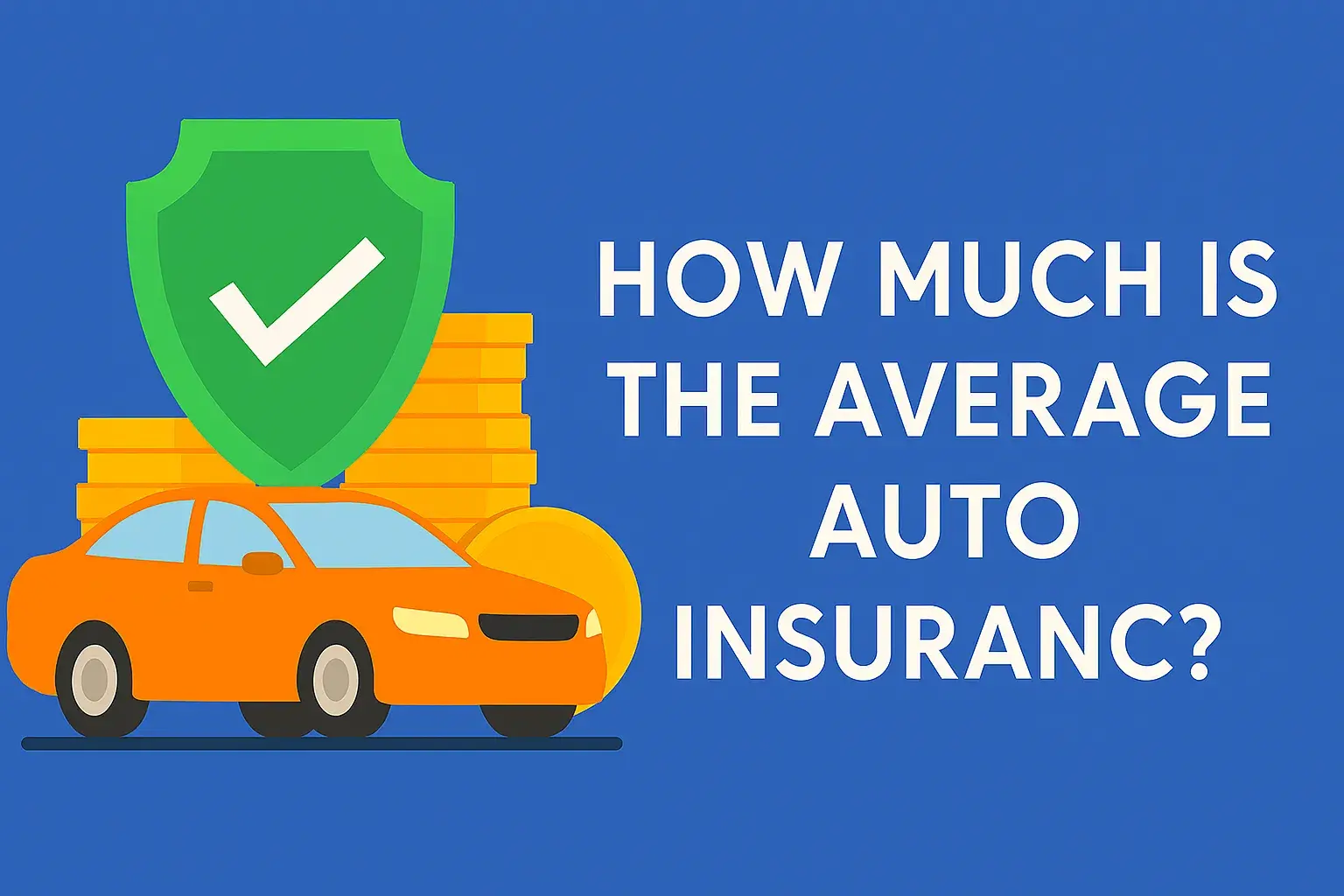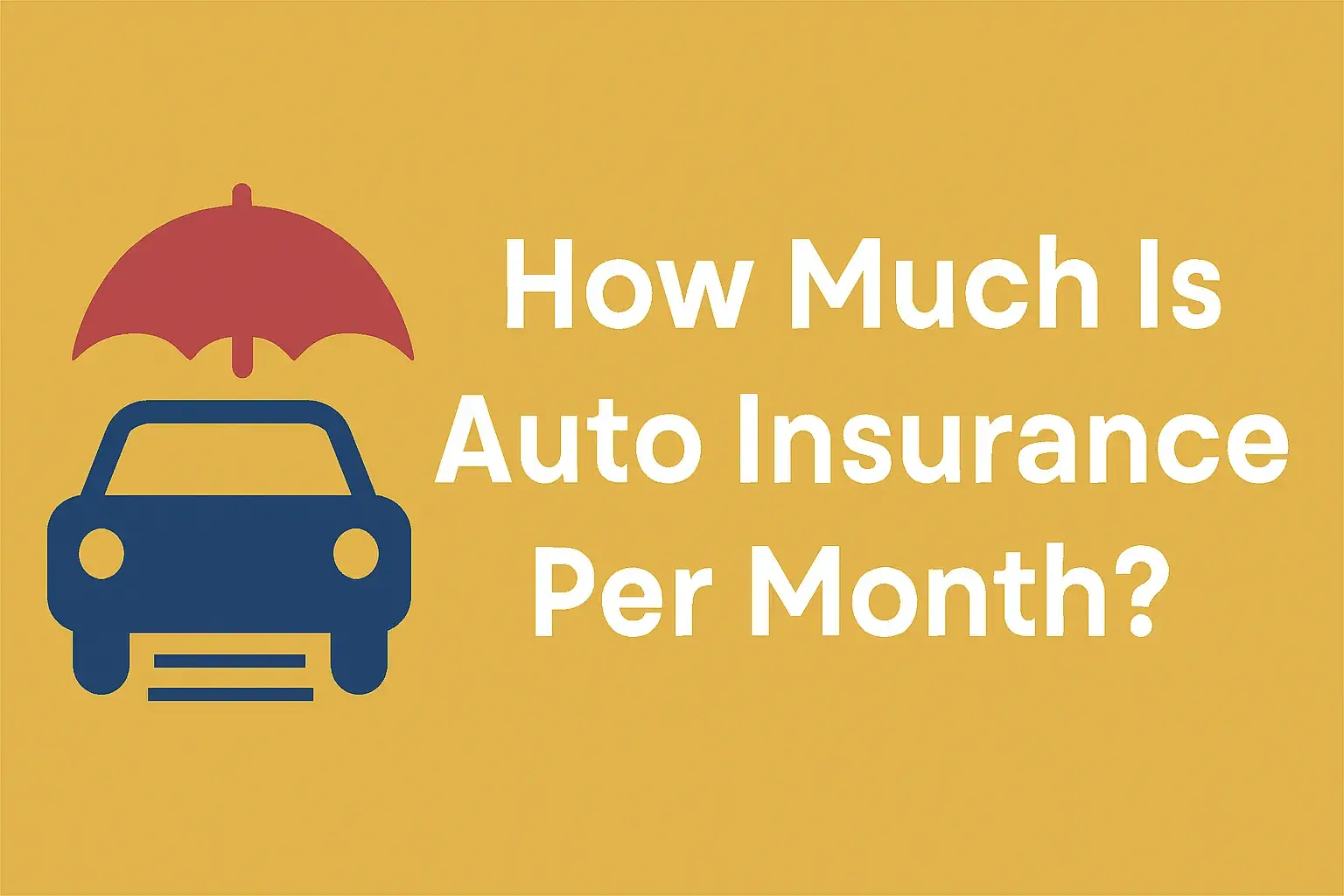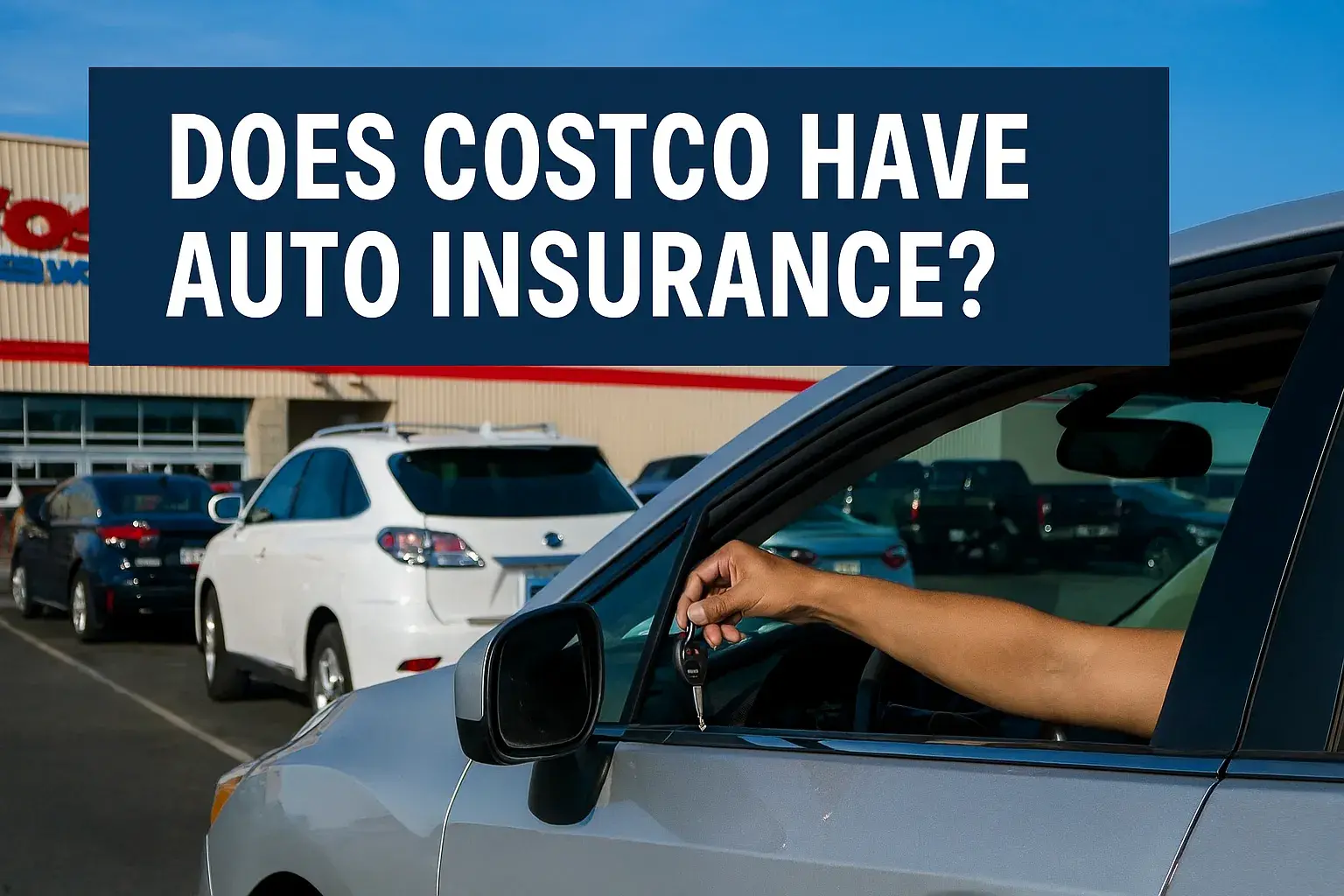11
Sep

Finding truly cheap auto insurance requires a strategic approach that combines shopping around, leveraging discounts, and understanding the factors that influence your premium. The most effective method to save money on auto insurance is to regularly compare auto insurance quotes from multiple providers. Key strategies include maintaining a clean driving record, opting for a higher deductible, bundling policies, and taking advantage of discounts for safe driving, military service, or being a student. Remember, the cheapest policy isn't always the best; ensure you have adequate low-cost car insurance coverage that protects you financially.
Introduction: Why the Quest for Affordable Car Insurance Matters
Let's be honest: car insurance is often seen as a necessary evil. It’s a recurring expense that you pay for, hoping you’ll never actually have to use it. But in a world where a single accident can lead to financial ruin, its value is undeniable. The goal isn't to simply find the absolute cheapest policy available; it's to find the best affordable car insurance that provides robust protection without demolishing your monthly budget.
The good news? The insurance market is more competitive than ever. Companies are vying for your business, and with the right knowledge, you can position yourself to win a fantastic rate. This guide is your roadmap. We'll move beyond basic advice and dive deep into the mechanics of auto insurance pricing, uncovering actionable tips, expert secrets, and common pitfalls to avoid. By the end, you'll be equipped with the knowledge to not only find cheap auto insurance today but to keep your rates low for years to come.
What Factors Actually Determine Your Auto Insurance Cost?
Before you can effectively lower your bill, you need to understand what insurers are looking at. Your premium isn't a random number; it's a calculated risk assessment based on a multitude of factors.
Driver-Based Factors (Things You Can Often Control)
-
Driving Record: This is the big one. At-fault accidents, speeding tickets, DUIs, and other violations signal risk to insurers and will significantly increase your premiums.
-
Age and Experience: Statistically, young, inexperienced drivers (especially teenagers) are involved in more accidents. Rates are typically highest for this group and decrease as drivers gain experience, often hitting a sweet spot in middle age.
-
Credit History: In most states, insurers use credit-based insurance scores. Data suggests that individuals with better credit files file fewer claims. Maintaining good credit can lead to lower rates.
-
Claims History: A history of frequently filing claims, even if not your fault, can mark you as a higher-risk customer.
Vehicle-Based Factors
-
Car Make and Model: The cost to repair or replace your vehicle is a major factor. A luxury sports car will cost far more to insure than a minivan with a high safety rating.
-
Age of the Vehicle: Newer cars are more expensive to replace but often have advanced safety features that can qualify for discounts. Older cars have lower replacement costs but lack modern safety tech.
-
Safety Ratings: Vehicles with high ratings from the Insurance Institute for Highway Safety (IIHS) and National Highway Traffic Safety Administration (NHTSA) are cheaper to insure.
Policy and Coverage Factors
-
Coverage Levels and Deductibles: Opting for only your state's minimum required liability coverage will be cheaper than a full coverage policy. Choosing a higher deductible (the amount you pay out-of-pocket before insurance kicks in) will lower your premium.
-
Annual Mileage: The less you drive, the lower your chance of an accident. If you work from home or have a short commute, be sure to report this, as it can qualify you for a low-mileage discount.
Geographic and Demographic Factors
-
Your ZIP Code: Rates vary dramatically by location. Urban areas with higher traffic density, accident rates, and vandalism/theft will have higher premiums than rural areas.
-
State Regulations: Each state has its own insurance laws and minimum coverage requirements, which directly impact base rates.
Proven Strategies: How to Get Cheap Auto Insurance Right Now
Now for the actionable part. Here are the most effective tactics to reduce your car insurance costs.
1. The Golden Rule: Shop Around and Compare Quotes
This is the single most important step. You cannot overestimate the price variation between different companies for the same driver and vehicle. Get quotes from at least three to five different insurers. Don't just look at the major national carriers; include regional providers and direct-to-consumer companies. Use online comparison tools, but also contact independent insurance agents who can shop from multiple companies at once.
2. Leverage Discounts – Don't Leave Money on the Table
Insurance companies offer a plethora of discounts, but they won't always apply them automatically. Ask explicitly about:
-
Bundling Discount: Combine your auto and homeowners/renters insurance with the same company.
-
Safe Driver Discount: For maintaining a clean record for a certain period (e.g., 3-5 years).
-
Pay-in-Full Discount: Pay your six-month or annual premium all at once instead of monthly.
-
Paperless/Autopay Discount: For going green and setting up automatic payments.
-
Good Student Discount: For young drivers maintaining a B average or higher.
-
Military Discount: For active duty, veterans, and sometimes their families.
-
Occupation-Based Discounts: For certain professions like teachers, engineers, or federal employees.
-
Defensive Driving Discount: For completing an approved defensive driving course.
3. Optimize Your Coverage and Deductibles
-
Review Your Coverage Annually: Your life changes, and so should your policy. Do you still need comprehensive and collision coverage on an old car worth less than $3,000? It might be time to drop them.
-
Raise Your Deductible: If you have a healthy emergency fund, consider raising your comprehensive and collision deductibles from $500 to $1,000. This can significantly reduce your premium.
-
Avoid Over-Insuring: You don't need to carry $500,000 in coverage if you have no assets. However, never drop below your state's minimums and ensure you have enough liability coverage to protect your net worth.
4. Maintain a Clean Driving Record
Your driving history is a primary rating factor. Safe driving is the most reliable long-term strategy for keeping costs down. A single speeding ticket can increase your premium by 20-30%, and a DUI can double or even triple it.
5. Build and Maintain a Strong Credit Score
In states where it's permitted, improving your credit score can directly lead to lower insurance premiums. Pay bills on time, keep credit card balances low, and avoid opening unnecessary new credit accounts.
6. Consider the Car Before You Buy
Insurance costs should be a factor in your car-buying decision. Before you purchase a vehicle, get insurance quotes for the specific make and model. Generally, safe, moderately-priced, family-friendly sedans and SUVs are cheapest to insure.
How to Compare Auto Insurance Quotes Like a Pro
Simply getting quotes isn't enough; you need to compare them accurately.
-
Apples to Apples: Ensure every quote has the same coverage types, limits, and deductibles. Even a small difference can throw off the entire comparison.
-
Look Beyond the Price: The cheapest quote might be from a company with terrible customer service or a sluggish claims process. Check financial strength ratings (e.g., A.M. Best) and customer satisfaction scores (e.g., J.D. Power).
-
Consider the Driver Assignment: If you're getting a quote for a multi-car household, ask how each company assigns drivers to cars. Some might assign a young driver to the most expensive car, increasing the premium, while others may have a more favorable method.
-
Scrutinize the Details: Look at the breakdown of coverage. Is rental reimbursement included? What's the towing limit? Small print matters.
A Deep Dive into Car Insurance Discounts and Savings
Let's expand on the treasure trove of discounts. This is where you can find hidden savings.
-
Low-Mileage Discount: If you drive significantly less than the average driver (often under 7,000-10,000 miles per year), you qualify.
-
Usage-Based or Telematics Discount: Programs like Allstate's Drivewise, Progressive's Snapshot, or State Farm's Drive Safe & Save monitor your driving habits (mileage, braking, speed, time of day) through a mobile app or plug-in device. Safe drivers can earn substantial discounts.
-
Vehicle Safety Features Discount: Anti-lock brakes, anti-theft devices, adaptive headlights, and modern safety features like automatic emergency braking can all qualify for discounts.
-
Homeowner Discount: Simply owning a home can sometimes get you a discount, even if you don't bundle with your home insurance.
-
Loyalty/Retention Discounts: Some companies offer discounts for staying with them for a certain number of years.
Location: State-Wise Cheap Auto Insurance
The cost of low-cost car insurance coverage is highly dependent on your state. For example, according to the latest data, states like Maine, Ohio, and Wisconsin often have the most affordable car insurance averages, while Michigan, Florida, and Louisiana are typically the most expensive due to factors like no-fault laws, high population density, and weather-related risks.
-
No-Fault States: These states (like Michigan and Florida) often have higher premiums due to Personal Injury Protection (PIP) requirements.
-
Minimum Coverage Requirements: State minimum liability requirements vary wildly. A state requiring 25/50/25 coverage will have cheaper base rates than one requiring 100/300/50.
-
Weather and Fraud: States prone to hurricanes, hail, or widespread insurance fraud have higher overall costs for insurers, which are passed on to consumers.
The takeaway? While you can't change your state, understanding its insurance landscape helps you contextualize your quotes.
Common Mistakes to Avoid When Buying Car Insurance
-
Choosing Based on Price Alone: The cheapest policy might provide inadequate coverage or come from a company that is a nightmare to deal with during a claim.
-
Only Getting One Quote: This is the biggest mistake consumers make. Loyalty is rarely rewarded in the insurance industry. New customers often get the best rates.
-
Opting for the State Minimum Without Thinking: State minimums are often dangerously low. If you cause a serious accident, minimum liability coverage could be exhausted quickly, and your personal assets (home, savings) could be seized.
-
Not Reviewing Policy Annually: Your risk profile changes. An annual review ensures your coverage is still appropriate and that you're not missing out on new discounts.
-
Lying on Your Application: Misrepresenting your mileage, garaging address, or driving history is fraud. It can lead to a denied claim or policy cancellation.
Expert Tips to Lower Your Premiums Long-Term
-
Improve Your Credit Score: Treat this as a long-term project. The financial benefits extend far beyond just lower insurance rates.
-
Drive Safely: It bears repeating. A clean record is your best asset.
-
Consider Usage-Based Insurance: If you are a truly safe driver, these programs can offer the deepest discounts available.
-
Re-evaluate After Life Changes: Getting married? Turning 25? Moving to a new area with lower rates? These are all triggers to shop around again, as they can significantly lower your risk profile.
-
Ask About Group Insurance: Check if your employer, alumni association, or any professional organizations you belong to have group discount arrangements with insurers.
Conclusion: Your Path to Affordable Coverage Starts Now
Finding cheap auto insurance is not a mystery; it's a process. It requires a little time, effort, and a willingness to be your own advocate. By understanding the factors that affect your rate, shopping around diligently, asking about every possible discount, and choosing your coverage wisely, you can secure excellent protection without overpaying.
The most powerful tool at your disposal is comparison. Don't assume your current rate is the best you can get.
Ready to Start Saving? The best time to get new quotes is now. Take 15 minutes today to compare auto insurance quotes online and see how much you could save. You might be surprised at how much more affordable car insurance can be.
Frequently Asked Questions (FAQs)
Q1: What is the cheapest auto insurance company?
There is no single "cheapest" company for everyone. Rates depend on your location, vehicle type, driving history, and coverage needs. The best way to find affordable car insurance is to compare multiple quotes online.
Q2: How can I lower my car insurance rates immediately?
You can lower your premiums quickly by raising your deductible, removing unnecessary add-ons, and applying discounts like bundling or paperless billing. Shopping around for quotes often provides the biggest savings.
Q3: Is opting for minimum coverage the best way to save?
Minimum coverage is the cheapest upfront, but it may leave you financially exposed in an accident. It’s better to balance affordability with adequate protection.
Q4: Does my credit score affect my auto insurance cost?
In most states, yes. A higher credit score usually means lower premiums, while poor credit can increase your rates.
Q5: Are online car insurance quotes accurate?
Online quotes are accurate estimates but not final. The insurer may adjust rates after verifying your driving record, vehicle details, and coverage selection.
Q6: How does age affect car insurance premiums?
Young drivers (16-25) typically pay the most due to higher risk. Rates usually decrease with experience and stabilize until around age 60–65, when they may rise slightly again.
Q7: Can students get cheap auto insurance?
Yes, with discounts like the Good Student Discount for a B average or higher, or a distant student discount if attending school without a car.
Q8: Is it cheaper to pay monthly or annually?
Paying annually is usually cheaper. Monthly payments often include installment fees, which can add up over time.
Q9: Do military members get car insurance discounts?
Yes, many insurers offer discounts for active duty, veterans, and sometimes family members. Always ask and provide proof of service.
Q10: What’s the difference between cheap auto insurance and full coverage?
Cheap auto insurance often means state minimum liability only, while full coverage includes collision and comprehensive. Full coverage costs more but protects your own vehicle as well.




